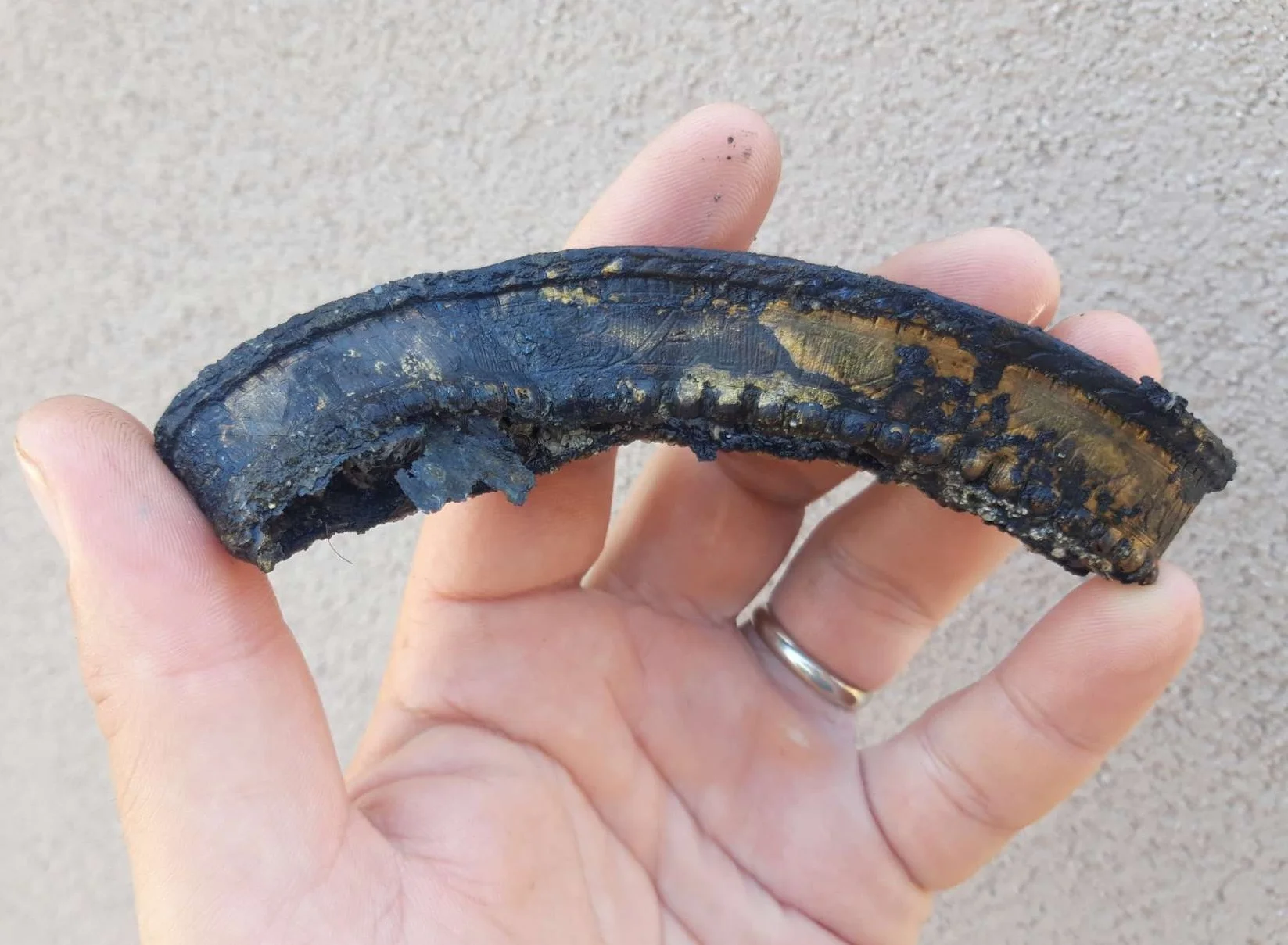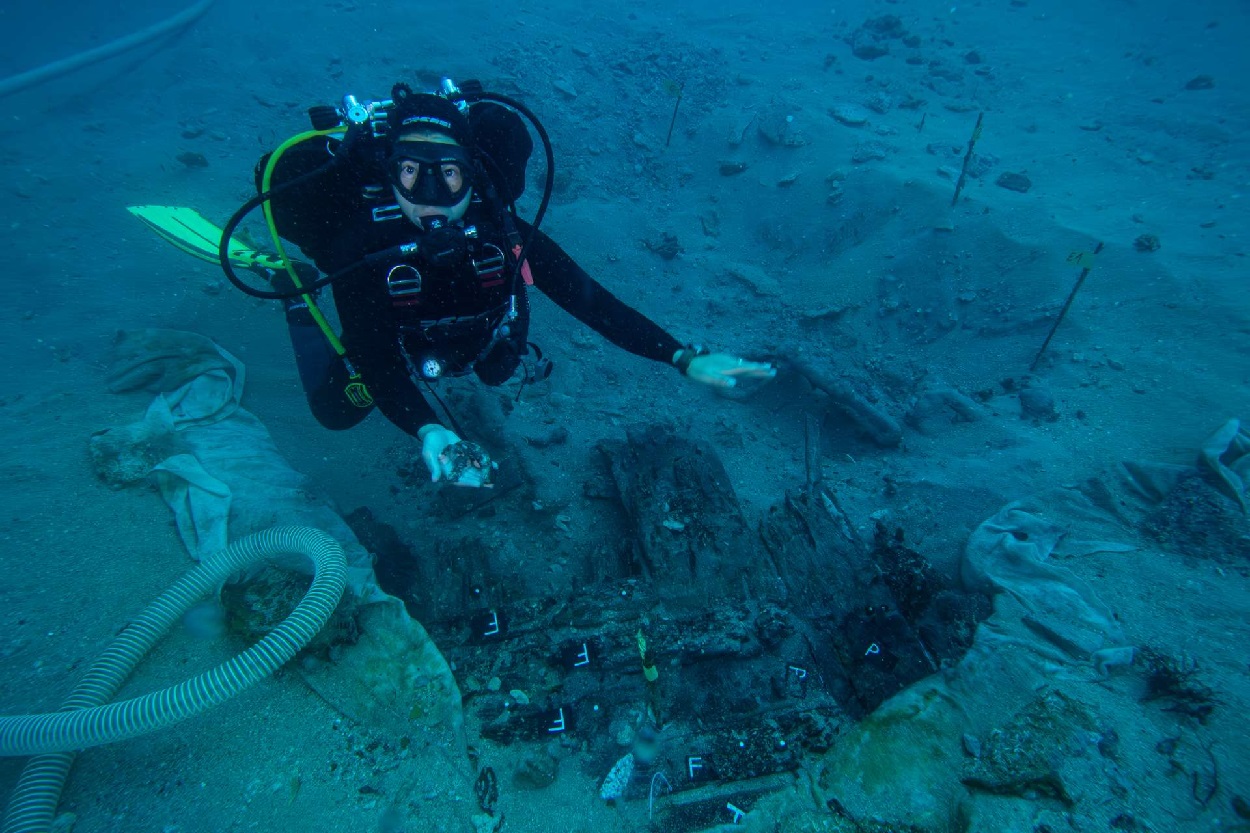Underwater archaeologists from the International Centre for Underwater Archaeology in Zadar have discovered a cargo of brass trumpets at the wreck site of a 16th-century ship.
The ship sank off the southern coast of Istria near Cape Kamenjak, Croatia. It was transporting a valuable cargo of ceramic vessels, along with colourful glass beads and bowls made from red glass.
Recent excavations have also discovered that the cargo contains brass trumpets, an exceptionally rare find for this period.
Luka Bekić of Croatia’s International Centre for Underwater Archaeology, said: “The trumpets were being transported in pieces.” Based on an analysis of the components, the researcher suggests that the cargo consisted of ten trumpets.
“There are less than ten trumpets from the 16th century in well-known museums across the entire world,” added Bekić, further emphasising the importance of the discovery.

Inscriptions on the trumpets indicate that they originated from Strasbourg, France, and Leiden, with the best-preserved example having the inscription LVGDVNY BATAVORVM, which corresponds to the Latin name for Leiden.
According to the researchers, the ship was likely of Dutch origin and engaged in trade between Leiden, Venice, and Istanbul.
Excavations also found traces of the ship’s wooden structure, in addition to fragments of wooden pulleys and ropes.
On the seabed, three cannons have also been identified, which will remain in situ while the team plan the best method to safely raise and conserve.
The wreck site is being recorded using photogrammetry to create a 3D digital model. Roko Surić, said: “Today, we can create a photogrammetric model using digital methods, which shortens diving time and allows for precise documentation of the site segment we are investigating, ultimately giving us a complete picture of the site.”
Header Image Credit : International Centre for Underwater Archaeology in Zadar
Sources : International Centre for Underwater Archaeology in Zadar







